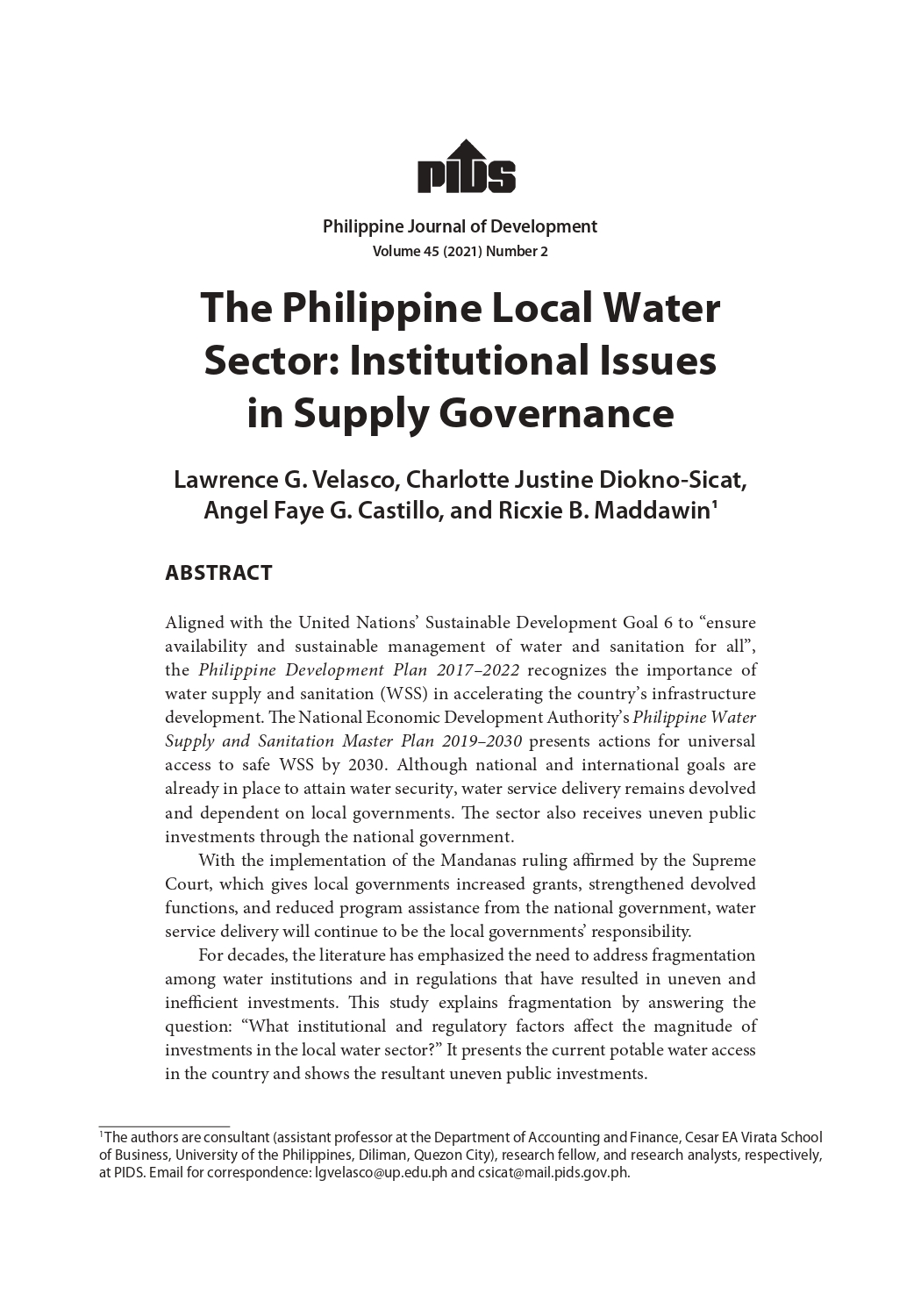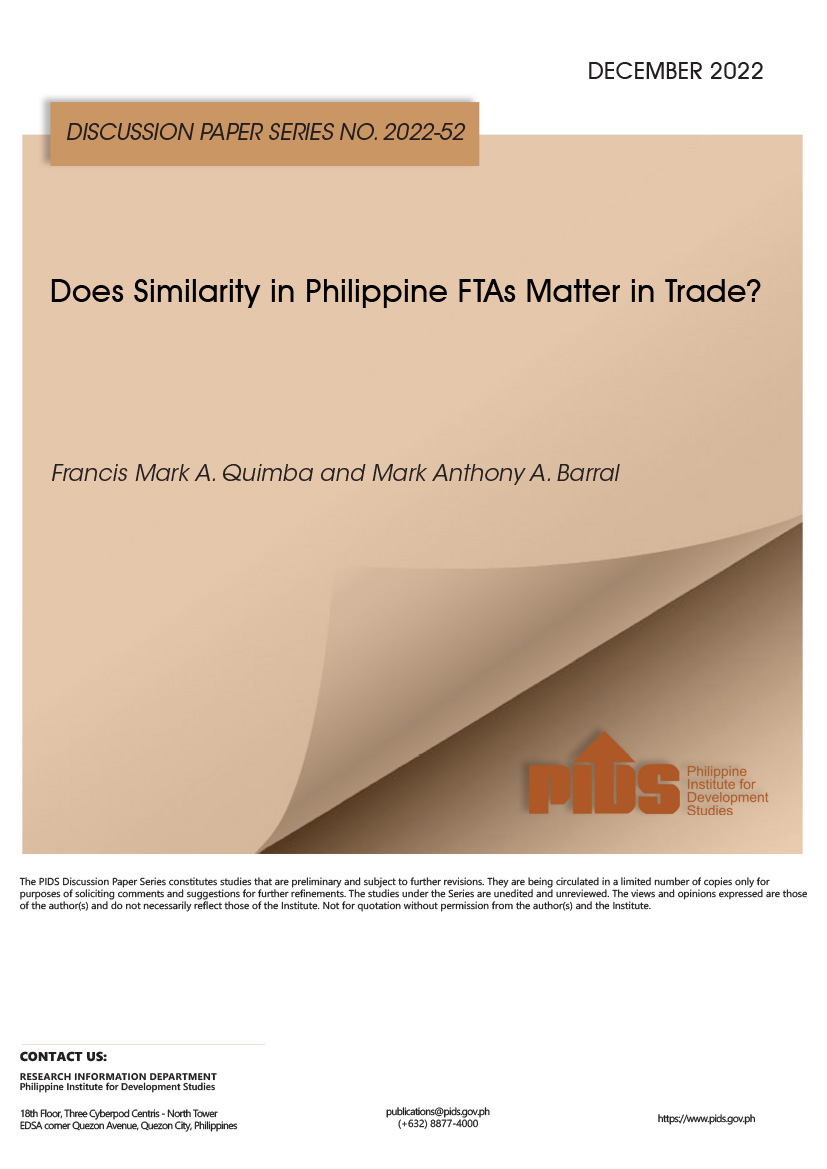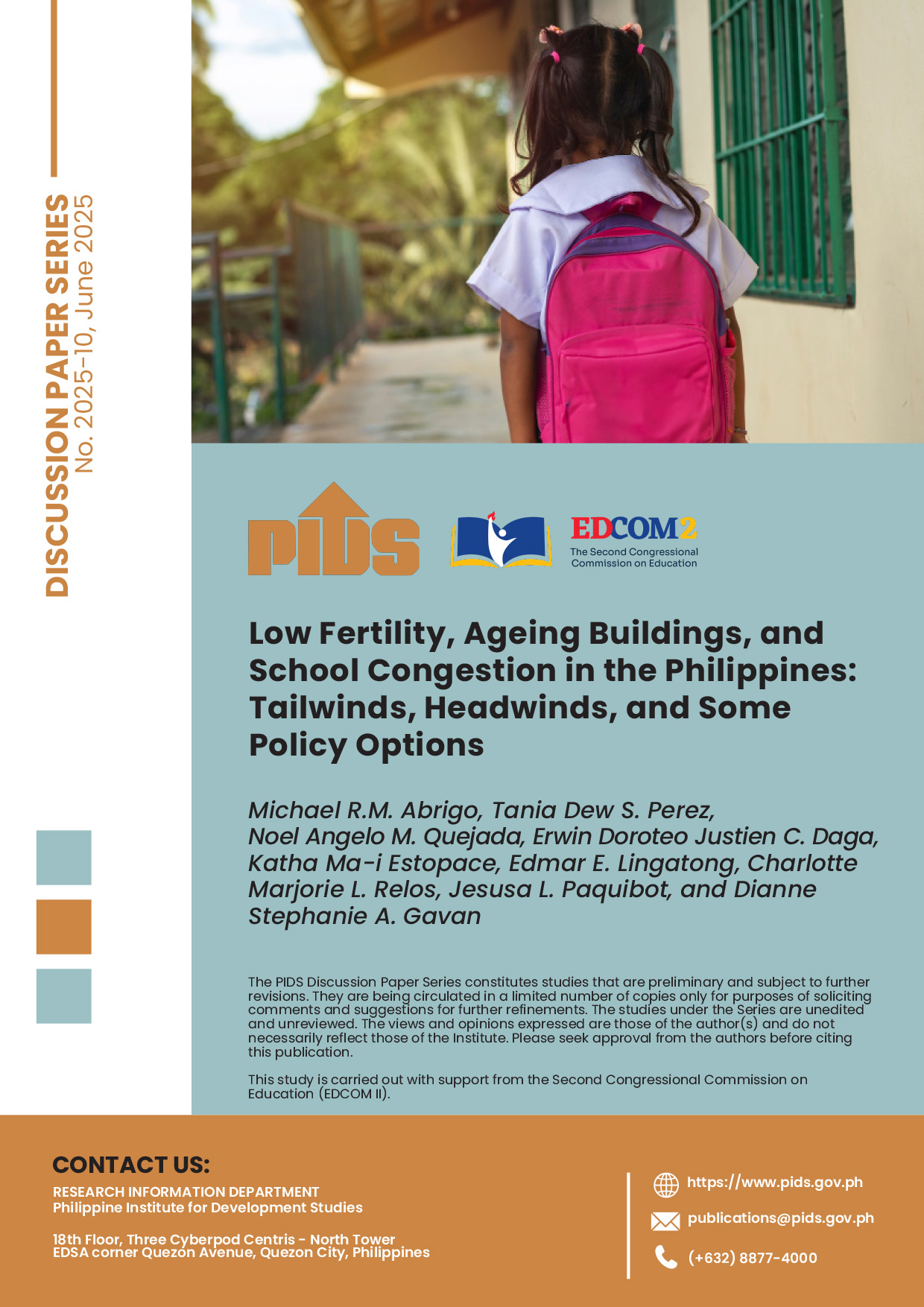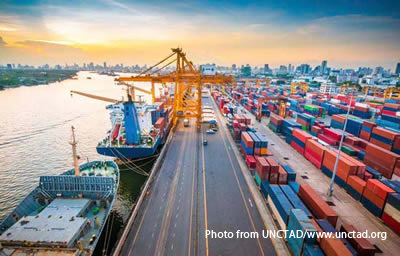Government think tank Philippine Institute for Development Studies (PIDS) is proposing that the government bid out bus routes that use the country’s main highway, Epifanio de los Santos Ave.
This will ease congestion and at the same time force competition in the market, PIDS said.
Under the PIDS policy note, Competition for the market: A policy framework for improving bus operation along Edsa, the government by setting service standards and bidding out bus routes will help decongest Edsa.
Bus operators would be required to comply with the set standards-the type and age of buses used- and pay the fee for the service-routes- they will provide.
PIDS said that the system could also provide the means to the number of buses plying Edsa. It said that it would be more efficient for the government to limit the number of players operating and to define their scope of activity or work.
Competitive bidding, PIDS said would force bus companies or operators to merge or consolidate in order to have the financial, managerial and technical muscle to compete for the right to service a route or a set of routes.
“The competitive tendering mechanism also ensures that only the most efficient bidder can provide services in the market at a specified price or condition or criteria,” the report said.
“For example, the government may require operators to service non-profitable routes that need, nonetheless, a regular bus service (e.g., poorer sections of the metropolis). In this case, the basis of remuneration could be the lowest gross payment or subsidy for the required service as submitted by the bidders,” it added.
The paper said the application of the framework does not necessarily result in a monopoly provision, such as having only one operator per route.
“In some countries, more than one company is allowed to operate a route to maintain competition and drive efficiency. In this case, at a given tariff and vehicle specification, bidders may offer different bids in terms of subsidy or compensation (gross contract) for the service,” the policy note said.
“The bidder that offers the lowest subsidy or compensation for the service is allocated more of the bus service schedule while the next lowest bidder is offered less. The procuring entity would need to set an acceptable range of bids in this case,” it added.
Where only one operator per route is appropriate, the report said costs and performance can be benchmarked against the performance of similar bus operators.
“In cities abroad, the competition for the market framework has paved the way for bus consolidation as a component of a hybrid system of public and private provision, such as in the case of the TransMilenio Bus Rapid Transit (BRT) system in Bogota, Colombia,” the paper said.
“The competition for the market approach has made it possible to improve the service outcomes in a liberalized urban bus market. It was done successfully in Bogota. There is no reason the same approach could not be done in Metro Manila!” it added.
The report noted government should develop the capacity, if it does not yet have this, to design or define the optimal market structure.
This includes how many operators will be granted franchises to operate, how these operators will be compensated, what service standards to require, among others.
“The DOTC’s (Department of Transportation and Communications) pipeline of BRTprojects (i.e., Cebu and Manila Line 1, both approved by the government for implementation, and EDSA BRT Line, which is in progress) will serve as a test case for the competition for the market framework in the Philippines,” the report said.
This will ease congestion and at the same time force competition in the market, PIDS said.
Under the PIDS policy note, Competition for the market: A policy framework for improving bus operation along Edsa, the government by setting service standards and bidding out bus routes will help decongest Edsa.
Bus operators would be required to comply with the set standards-the type and age of buses used- and pay the fee for the service-routes- they will provide.
PIDS said that the system could also provide the means to the number of buses plying Edsa. It said that it would be more efficient for the government to limit the number of players operating and to define their scope of activity or work.
Competitive bidding, PIDS said would force bus companies or operators to merge or consolidate in order to have the financial, managerial and technical muscle to compete for the right to service a route or a set of routes.
“The competitive tendering mechanism also ensures that only the most efficient bidder can provide services in the market at a specified price or condition or criteria,” the report said.
“For example, the government may require operators to service non-profitable routes that need, nonetheless, a regular bus service (e.g., poorer sections of the metropolis). In this case, the basis of remuneration could be the lowest gross payment or subsidy for the required service as submitted by the bidders,” it added.
The paper said the application of the framework does not necessarily result in a monopoly provision, such as having only one operator per route.
“In some countries, more than one company is allowed to operate a route to maintain competition and drive efficiency. In this case, at a given tariff and vehicle specification, bidders may offer different bids in terms of subsidy or compensation (gross contract) for the service,” the policy note said.
“The bidder that offers the lowest subsidy or compensation for the service is allocated more of the bus service schedule while the next lowest bidder is offered less. The procuring entity would need to set an acceptable range of bids in this case,” it added.
Where only one operator per route is appropriate, the report said costs and performance can be benchmarked against the performance of similar bus operators.
“In cities abroad, the competition for the market framework has paved the way for bus consolidation as a component of a hybrid system of public and private provision, such as in the case of the TransMilenio Bus Rapid Transit (BRT) system in Bogota, Colombia,” the paper said.
“The competition for the market approach has made it possible to improve the service outcomes in a liberalized urban bus market. It was done successfully in Bogota. There is no reason the same approach could not be done in Metro Manila!” it added.
The report noted government should develop the capacity, if it does not yet have this, to design or define the optimal market structure.
This includes how many operators will be granted franchises to operate, how these operators will be compensated, what service standards to require, among others.
“The DOTC’s (Department of Transportation and Communications) pipeline of BRTprojects (i.e., Cebu and Manila Line 1, both approved by the government for implementation, and EDSA BRT Line, which is in progress) will serve as a test case for the competition for the market framework in the Philippines,” the report said.







